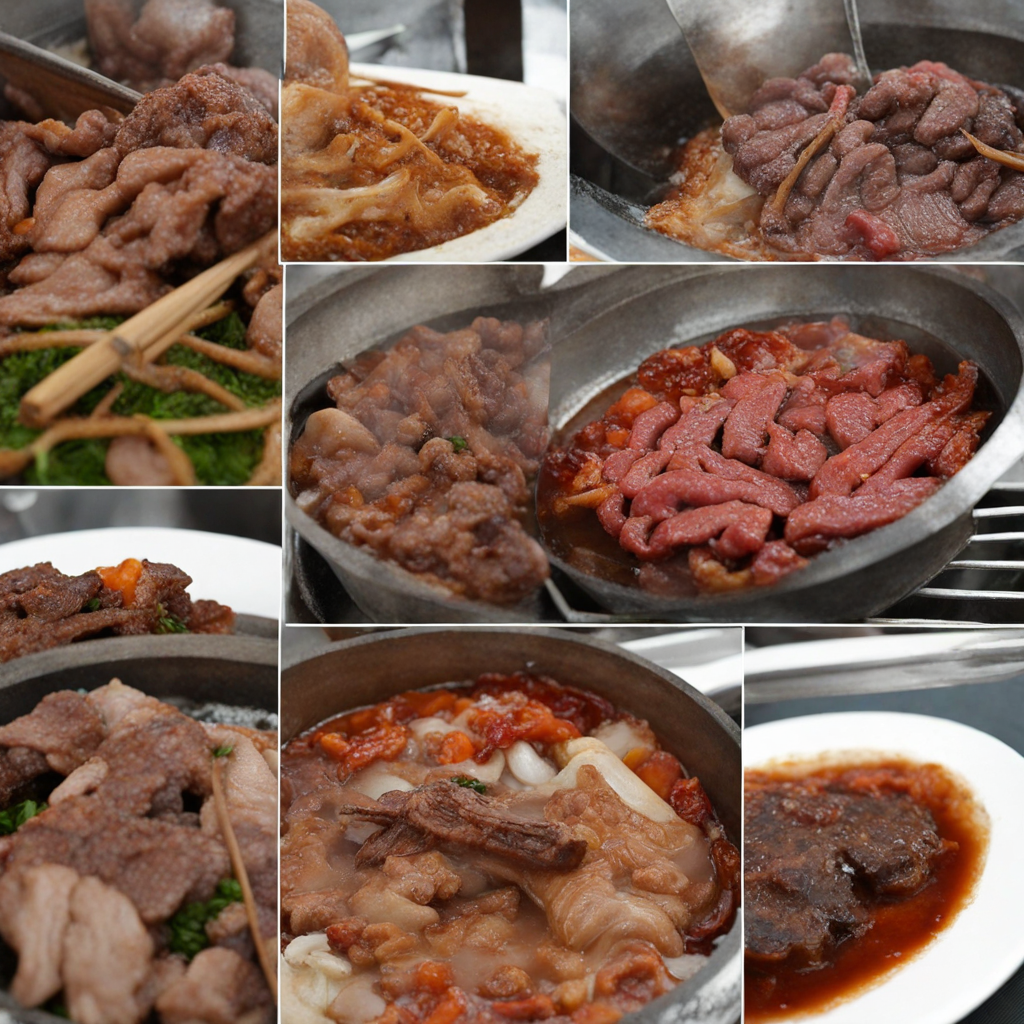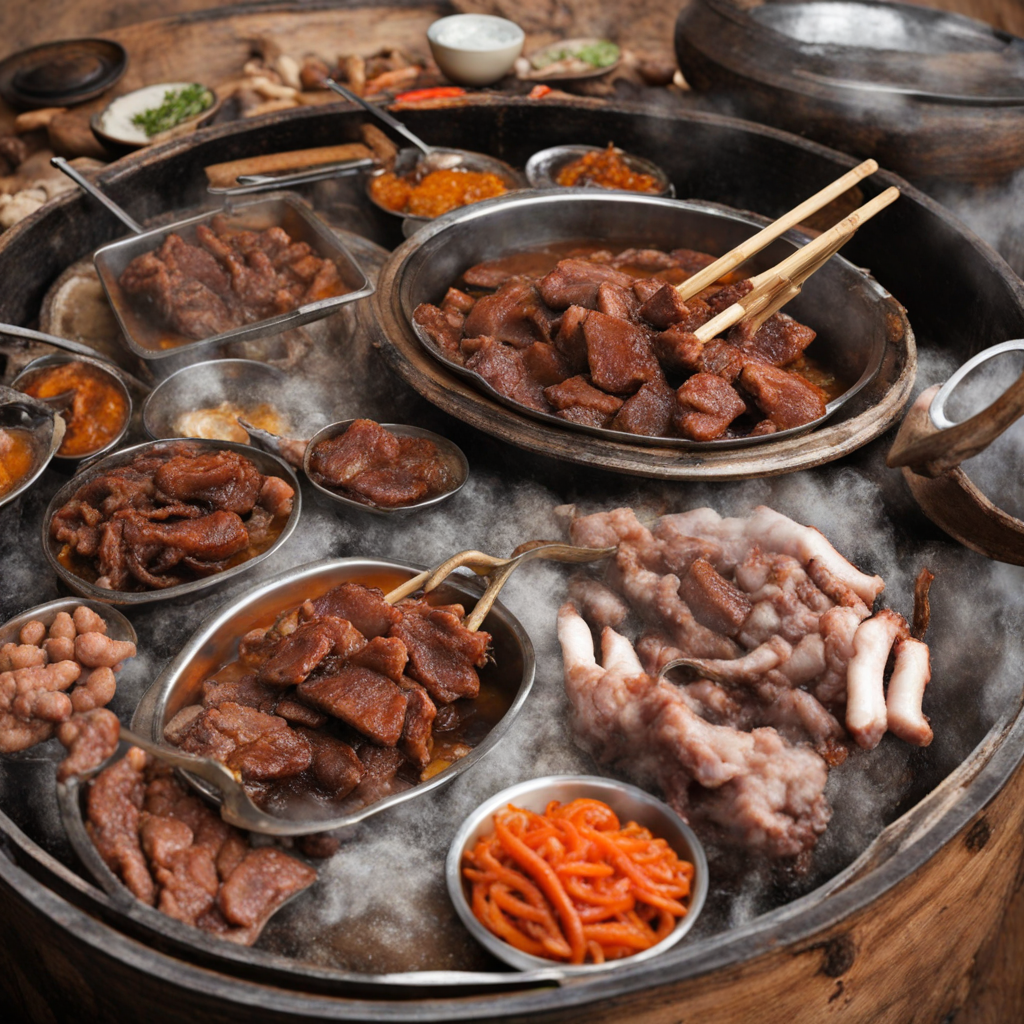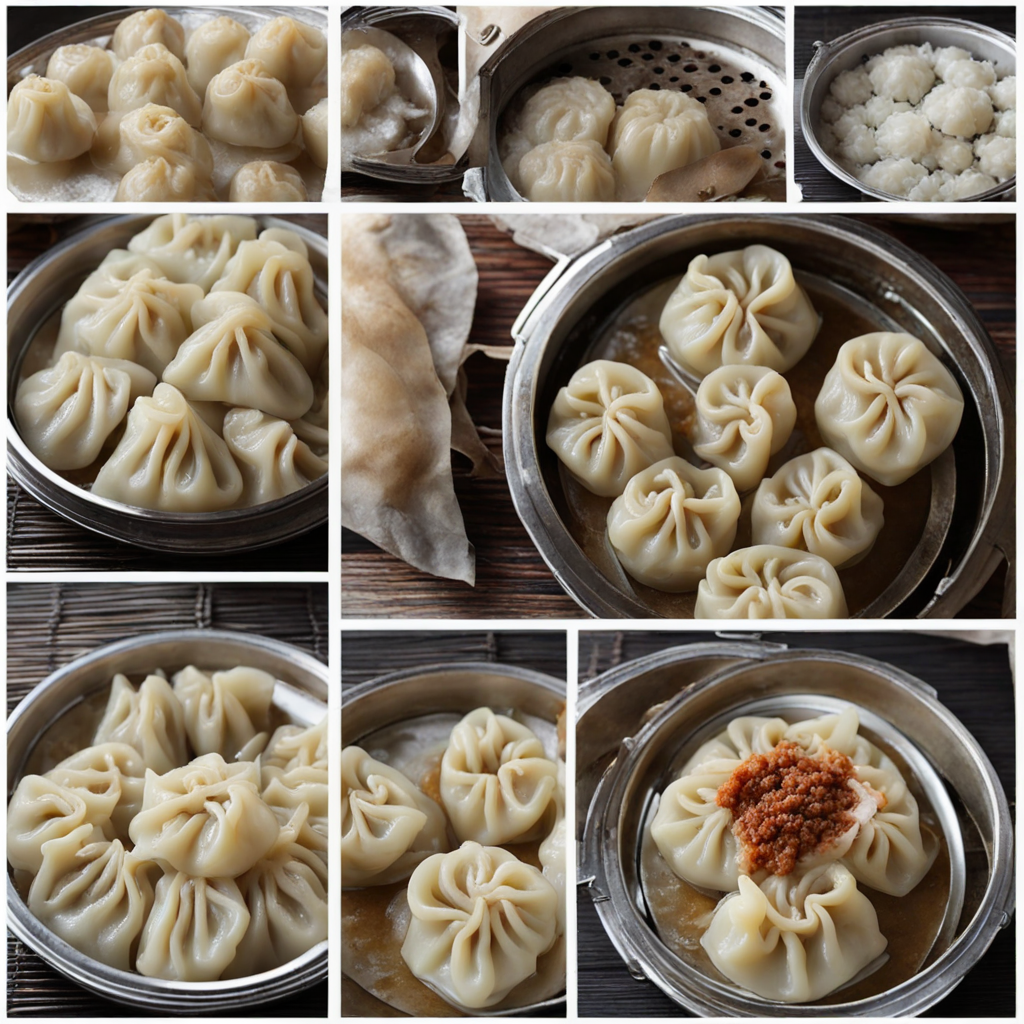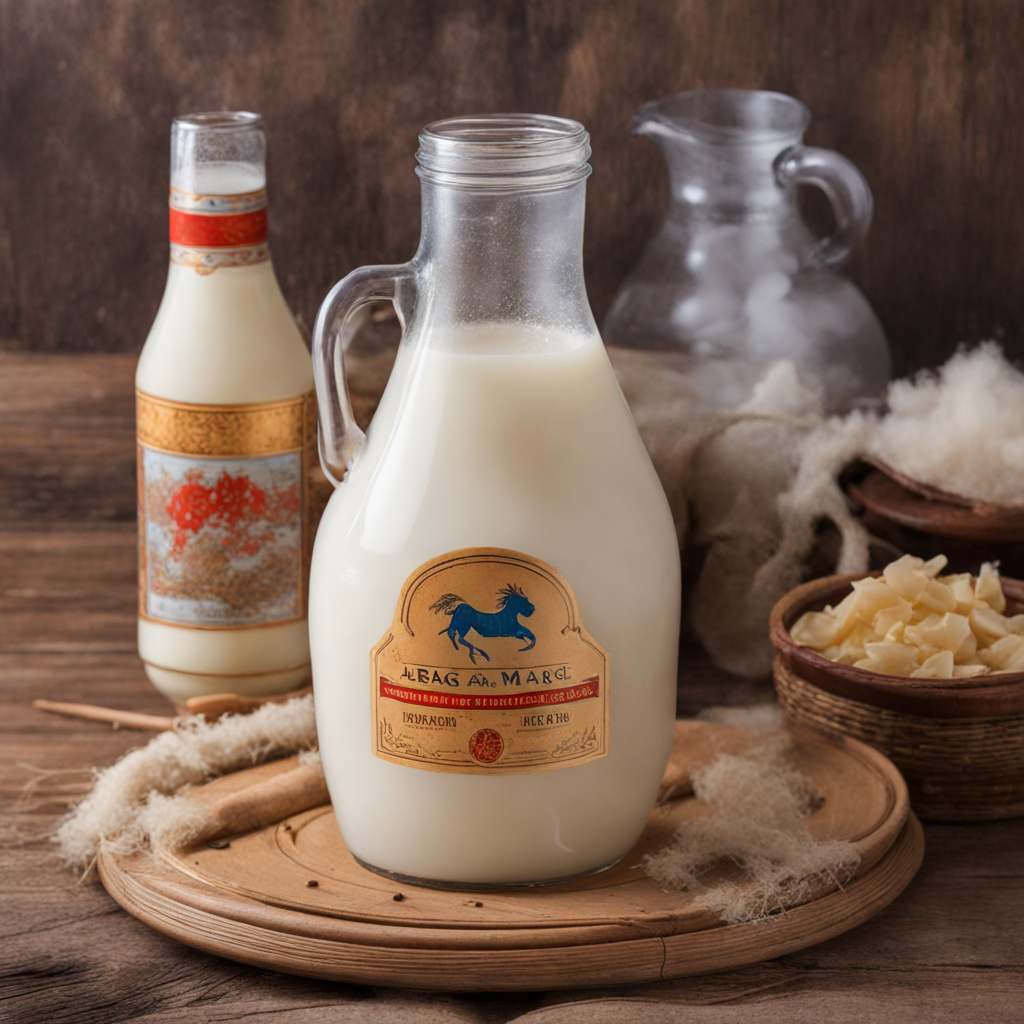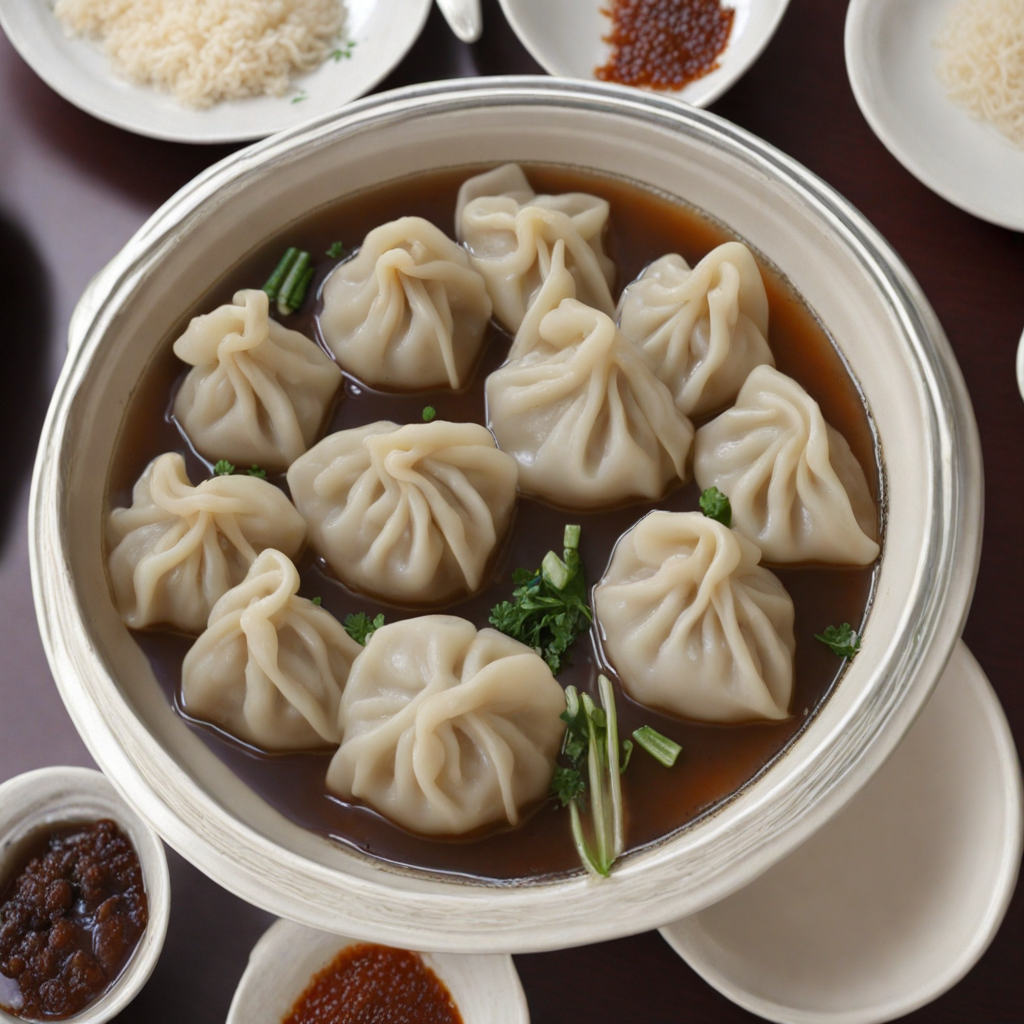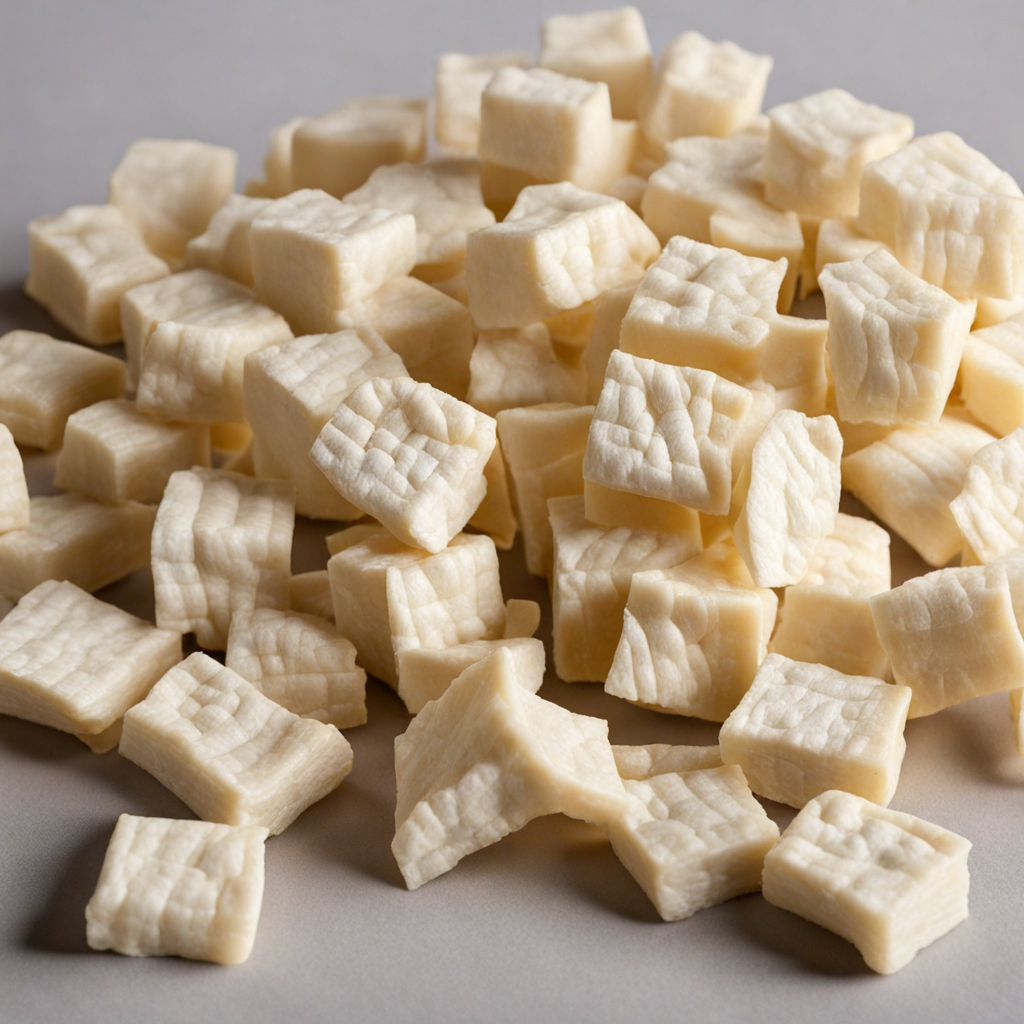Boodog
Boodog is a traditional Mongolian dish that is not just a meal but an experience, steeped in the nomadic culture of the region. The name 'Boodog' translates to 'boiled' in Mongolian, although the cooking method is quite unique. This dish is typically prepared using a whole animal, most commonly goat or marmot, which is cooked from the inside out. The animal is first cleaned and then filled with hot stones, herbs, and sometimes vegetables, before being sealed tightly. This method allows the meat to cook in its own juices, resulting in tender, flavorful meat that is infused with the essence of the herbs and spices used in the preparation. One of the most striking features of Boodog is the presentation. Once cooked, the whole animal is served, often at large gatherings or celebrations, making it a dish that brings people together. The exterior skin is usually left intact, giving it a rustic and authentic appearance. Diners can enjoy the tender meat, which has a distinct earthy flavor, often complemented by the smokiness from the hot stones. Each bite is a celebration of Mongolia's natural ingredients, showcasing the robust flavors that are characteristic of the region's cuisine. The experience of eating Boodog goes beyond just the taste; it is deeply intertwined with the lifestyle of the Mongolian people. Traditionally, Boodog is prepared outdoors over an open fire, often during a nomadic gathering or festival. This communal aspect of cooking and eating Boodog fosters a sense of camaraderie among participants, as they share stories and experiences while enjoying the meal. For those looking to discover a new taste, Boodog offers not just a unique flavor profile but also a glimpse into the rich cultural heritage of Mongolia, making it a truly unforgettable culinary adventure.
How It Became This Dish
The History of Боодог: A Culinary Tradition of Mongolia Mongolia, a land characterized by vast steppes, rugged mountains, and nomadic traditions, boasts a culinary heritage as rich and varied as its landscape. Among its most iconic dishes is "Боодог" (boodog), a captivating preparation that exemplifies the intersection of food, culture, and the Mongolian way of life. This dish, which translates to "boiled" or "stuffed," is not just a meal but a cultural artifact that encapsulates the essence of Mongolian identity. Origins of Боодог The origins of boodog can be traced back to the nomadic lifestyle of the Mongolian people, who have adapted their culinary practices to the harsh climate and the availability of resources in the vast expanses of the steppes. Traditionally, Mongolian nomads relied heavily on livestock for sustenance, with sheep, goats, and camels being the most common animals. These animals provided not only meat but also milk, wool, and hides, forming the backbone of the nomadic economy. Boodog is thought to have originated as a method of cooking that maximized the use of available resources. The dish is typically made from a whole goat or sheep, which is butchered and prepared in a unique way. The animal is skinned, and its meat is cooked inside its own body, using hot stones. This method not only preserves the flavor and moisture of the meat but also reflects the resourcefulness of the nomadic lifestyle. Cultural Significance Boodog is more than just a dish; it holds deep cultural significance for the Mongolian people. It is often prepared during special occasions, such as festivals, weddings, and family gatherings, serving as a centerpiece of communal feasts. The preparation of boodog is a social event in itself, involving the participation of family and friends. This communal aspect reinforces social bonds and strengthens community ties, which are vital in the traditionally nomadic culture. Additionally, boodog is emblematic of the Mongolian reverence for nature and the animals that provide for them. The ritual of cooking the animal within its own skin is seen as a way to honor the sacrifice of the animal and to utilize every part of it, minimizing waste. This respect for nature is a cornerstone of Mongolian philosophy, often reflected in their spiritual beliefs and practices. Development Over Time As Mongolia underwent significant social and political changes throughout the 20th century, the preparation and consumption of boodog also evolved. The fall of the Mongolian People's Republic in the early 1990s and the subsequent transition to a market economy brought about shifts in culinary practices. While traditional foods remained important, there was an increased accessibility to a variety of ingredients and cooking techniques influenced by globalization. Despite these changes, the essence of boodog has remained intact. The method of cooking has been preserved, with many families still adhering to traditional practices handed down through generations. However, modern interpretations of boodog have emerged, influenced by contemporary tastes and cooking methods. Some urban dwellers may opt for more convenient preparations, using modern cooking appliances, though the traditional method remains highly revered. In recent years, the popularity of boodog has transcended national boundaries, drawing the interest of food enthusiasts and travelers worldwide. Culinary tourism has led to a renewed appreciation for traditional dishes, with boodog being featured in food festivals and cultural showcases. Chefs and food bloggers often highlight the dish's unique preparation, showcasing it as an exotic culinary experience that offers a glimpse into Mongolian culture. The Preparation of Бoodog The traditional preparation of boodog is a multi-step process that requires skill and knowledge. First, the chosen animal—typically a goat or sheep—is skinned and cleaned. The meat is then seasoned with salt, pepper, and sometimes herbs, depending on regional variations and personal preferences. Hot stones, collected from a fire, are placed inside the body cavity of the animal, which is then sewn up. The cooking process can take several hours, during which the heat from the stones cooks the meat evenly. The result is a tender, flavorful dish, often served with the skin and bones still intact. Boodog is typically accompanied by traditional side dishes, such as "bansh" (dumplings) or "buuz" (steamed buns), and is enjoyed with fermented mare’s milk (airag) or other traditional beverages. The communal aspect of dining is paramount in the enjoyment of boodog. The whole animal is brought to the table, and diners often gather around to share in the experience. The act of cutting and sharing the meat reflects the values of generosity and hospitality central to Mongolian culture. Conclusion Boodog stands as a testament to Mongolia's rich culinary heritage, encapsulating the spirit of the nomadic lifestyle and the deep connection between the people and their land. It is a dish that has adapted over time, reflecting changes in society while retaining its cultural significance. As Mongolia continues to evolve, boodog remains a cherished symbol of tradition, community, and the enduring bond between the Mongolian people and the natural world. In a globalized culinary landscape, boodog offers a unique insight into the heart of Mongolian culture, inviting food lovers and adventurers alike to partake in an experience that transcends mere sustenance. The next time one encounters this remarkable dish, it is worth remembering the layers of history, tradition, and community that it represents—a true culinary treasure of Mongolia.
You may like
Discover local flavors from Mongolia


